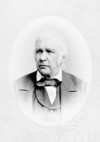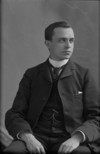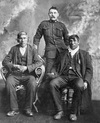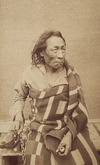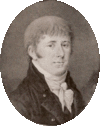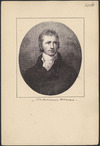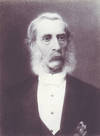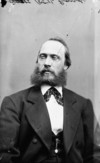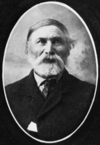was transferred in 1822 to the Athabasca district and accompanied Simpson that autumn from York Factory (Man.) to Fort Chipewyan (Alta). The governor appraised him as a “decent young man but not such a
-Crosse began to fall off in the early 1840s as the Chipewyan Indians who traded in this district moved into the plains region. McKenzie placed part of the blame for the desertion of his post by the Indians
in the Athabasca department. The journals he kept at Fort Chipewyan (Alta) in 1799–1800 illuminate the harshness of life in the fur trade; they also reveal his contempt for Canadians, Indians, and the
John), B.C., Fort Dunvegan (Dunvegan, Alta), Fort Chipewyan, and Fort McMurray to secure adhesion to the agreement by various bands in meetings that were at times tense
“a place of greater profit.” But he maintained that the subordinate post of Churchill (Man.), built to attract the distant Northern or Chipewyan Indians, gained its fur trade at the expense of York. He
all his influence, and some force” to prevent Clarke from encountering Indians or trading with them. Nor’Wester Willard Ferdinand Wentzel, writing from Fort Chipewyan, expressed “exultation” at the
of his first posting to Fort Chipewyan (Alta). He must have been stationed there in 1792, since on 10 Jan. 1793 Alexander Mackenzie asked that MacKay be transferred to Fort Fork (Peace River
present-day British Columbia, Saskatchewan, and the Northwest Territories; it was home to Woods Cree, Beaver, Sekani, Chipewyan, and other peoples. Mostos and his younger brother Kinosew (Kinoosayo) were
September, the day after all official ceremonies were completed. Sweet Grass and the other Cree and Chipewyan chiefs urged him to sign, as they had, but Big Bear, who said he had been sent to speak for all
. 1737 of Chipewyan parents at Prince of Wales’s Fort (Churchill, Man.); d. after the destruction of the fort in August 1782
sent to establish Fort Chipewyan (Alta) at the southwestern end of Lake Athabasca and was left in charge of the fort, which became the company’s headquarters in the region, during Alexander’s absences in
“old establishment,” founded by Pond in 1778 some 40 miles up the Athabasca River. In 1788 he sent his cousin Roderick, now serving with him, to build the first Fort Chipewyan, on the south shore of Lake
.
Leroux remained at Great Slave Lake, despite the NWC’s decision to close this post because the partners considered it unprofitable. He reached Fort Chipewyan (Alta) in March 1789, and set off again at
November 1844.
Lefroy and his assistant took magnetic observations at more than 300 stations. While wintering at Fort Chipewyan (Alta
Fort Chipewyan; he was arrested at Fort Wedderburn in May 1820 for complicity in the outrages perpetrated at Île-à-la-Crosse by Peter Skene
], Beaver, Chipewyan, and other peoples of the Athabasca and Peace River country. In the summer of 1899, after travelling hundreds of miles, Laird and his party (which included James Andrew Joseph
charge of the Severn district and posted to Fort Severn (Ont.). The following year he was transferred to Fort Chipewyan (Alta), in the Athabasca country. His annual reports from both places showed a lively
*. His descriptions of the Beaver (Slave) and Long-Arrowed (Hare) Indians are literate and detailed.
From 1816 to 1821 Keith served at Fort Chipewyan
. He was well educated, probably having attended a school in the Red River settlement (Man.), and was fluent in English, Gaelic, Cree, Chipewyan, and Michif, the last a hybrid primarily of Cree and
–1917. Robert Carney, “Residential schooling at Fort Chipewyan and Fort Resolution, 1874–1974,” in Western Oblate Studies 2: proceedings of the




